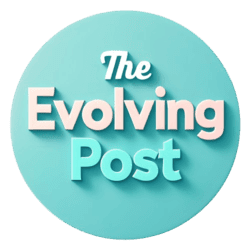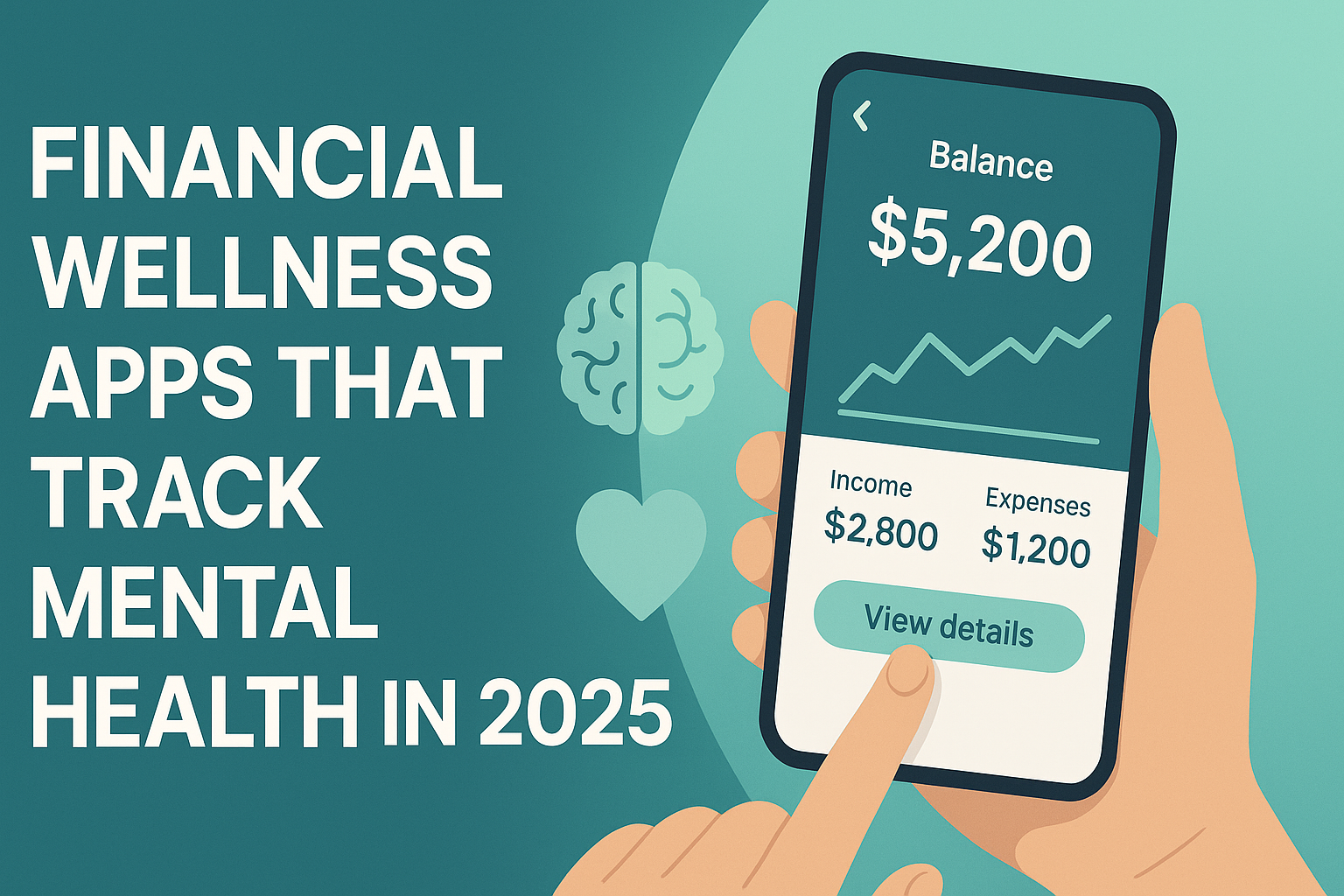Baltimore’s new leadership is betting on inclusive economic growth — but will it reach the communities that need it most?
In a city known for both its resilience and its disparities, Baltimore is entering a new chapter. Under the leadership of Otis Rolley — the newly appointed president and CEO of the Baltimore Development Corporation (BDC) — the city is shifting toward an economic strategy that centers equity and opportunity, not just growth.
It’s a timely move. Baltimore, like many urban centers, has long pursued traditional development models: offer incentives to big corporations, hope for job creation, and rely on trickle-down benefits to lift local communities. But that formula has left large portions of the city behind — especially Black and working-class neighborhoods.
Now, with Mayor Brandon Scott’s administration backing a broader initiative called “Baltimore Together”, the city is attempting something different: a growth model that doesn’t just measure success by GDP or real estate development, but by how widely prosperity is shared.
Let’s break down how this evolving vision of equitable growth could impact your finances — whether you’re a homeowner, investor, job seeker, or just someone trying to understand what’s next for Baltimore.
Background & Context: From Incentives to Inclusion
The Baltimore Development Corporation has traditionally focused on attracting business to the city’s commercial corridors — through tax credits, redevelopment projects, and anchor institution partnerships.
But under Rolley’s leadership, the emphasis is shifting. His career, which spans both public service and philanthropy, has consistently focused on racial equity, housing, and community-driven policy. He’s now bringing that lens to economic development.
That shift aligns with the “Baltimore Together” Comprehensive Economic Development Strategy (CEDS), which aims to create a more inclusive, sustainable, and competitive local economy over the next decade. The focus? Support small businesses, grow middle-wage jobs, and ensure the benefits of economic expansion reach all ZIP codes — not just Harbor East or Federal Hill.
This isn’t just rhetoric. It’s already shaping policy, funding, and public-private partnerships.
Deep-Dive Analysis
Impact on Homeowners and Real Estate
If you own a home in Baltimore — especially in underinvested neighborhoods like Park Heights, Broadway East, or Upton — this shift could bring real upside.
Revitalization efforts tied to equitable development often include infrastructure upgrades, mixed-use developments, and targeted housing programs. All of that can increase property values — and with them, home equity.
But here’s the caveat: gentrification is still a risk. Without safeguards, rising values can mean rising taxes and rents, pushing out the very residents these policies aim to help.
Watch for how the city balances investment with affordability protections, such as community land trusts, property tax caps, and affordable housing quotas. These are the tools that determine whether growth is shared — or simply displaced.
Impact on Investors & Savers
For investors, Baltimore’s equity-focused agenda opens the door to new, less traditional avenues — and some of them are worth watching closely.
Here’s what’s emerging:
- Community Investment Trusts (CITs) that allow residents to buy shares in local development projects
- Impact-focused venture capital funds supporting minority-owned businesses and entrepreneurs of color
- Public-private partnerships in green infrastructure, tech, and local food systems
These are not get-rich-quick opportunities — but they may offer steady, values-aligned returns, especially if you’re looking to balance growth with social impact.
For savers, this kind of investment environment can also lead to new financial instruments, such as community bonds or CDFI (Community Development Financial Institution) savings products that support local lending.

Impact on Jobs & the Local Economy
Equitable growth isn’t just about real estate or capital — it’s also about people. And in Baltimore, the focus is turning to workforce development that prioritizes local talent.
Think:
- Apprenticeship pipelines in tech, biotech, and green construction
- Partnerships between local employers and high schools or community colleges
- Job training centers in underserved neighborhoods — not just downtown
These initiatives could lead to a more resilient middle class, particularly if they’re matched with living-wage guarantees and wraparound services like childcare and transportation.
For individuals, this means more opportunities to enter high-demand sectors without necessarily needing a four-year degree. For the city, it means a workforce better aligned with its economic future.
Consumer Spending & Neighborhood Economics
Stronger local hiring and support for small businesses can translate into more money circulating in the community. That matters — a lot.
When residents earn more, they spend more. And when that spending happens at neighborhood shops, restaurants, and service providers, it builds a local economy from the inside out.
That could also mean:
- New grocery stores or co-ops in food deserts
- Competitive pricing from new small retailers
- More walkable commercial corridors in formerly underused areas
However, watch for short-term inflation as demand picks up before supply catches up — especially for essentials like housing, childcare, and transportation.
Actionable Takeaways & Key Insights
- Homeowners: Stay informed about zoning changes and neighborhood plans. Equity-based revitalization can raise values — but also increase taxes or insurance costs.
- Investors: Look for local funds, CDFIs, or public-private partnerships tied to workforce housing, green infrastructure, or inclusive retail.
- Workers & Students: Explore city-backed programs in life sciences, tech, trades, and entrepreneurship. Baltimore is investing in skills — be ready to take advantage.
- Community Members: Attend public hearings, join neighborhood coalitions, and stay vocal. Inclusive development only works when residents are part of the process.
- Business Owners: If you’re a local entrepreneur, now is the time to connect with BDC and explore incentive programs. Equity doesn’t mean anti-business — it means broader opportunity.
Conclusion & Call to Action
Baltimore’s turn toward equitable economic growth is more than just a political shift — it’s a test of whether cities can build inclusive economies that are also competitive, resilient, and future-ready.
Under Otis Rolley’s leadership, the vision is clear: grow Baltimore, but grow it together.
For individuals and families navigating this moment, the stakes are real. But so is the opportunity. With smart positioning, community engagement, and a clear-eyed view of the changing landscape, you can thrive alongside Baltimore’s transformation.
Stay tuned to The Evolving Post for more smart, actionable updates that impact your money and your future — because understanding the system is the first step to changing your financial story.
While this analysis is based on thorough research, it is for informational and educational purposes only and should not be considered financial advice.







